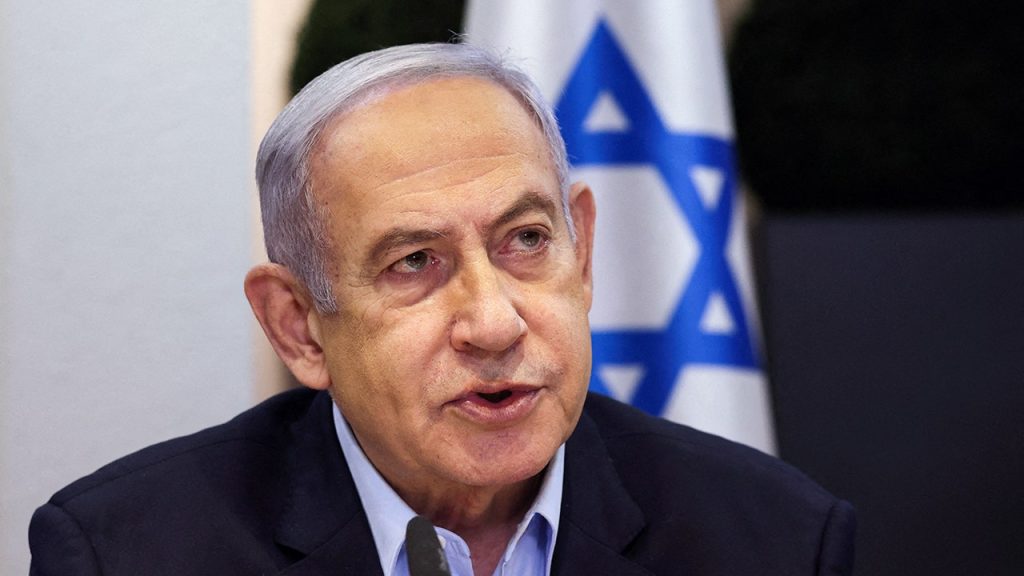The precarious cease-fire agreement between Israel and Hamas, slated to commence on Sunday morning, hangs in the balance due to a critical unresolved issue: the release of hostages held by the militant group. Israeli Prime Minister Benjamin Netanyahu has taken a firm stance, declaring that the truce will not take effect until Israel receives the complete list of hostages scheduled for release. This delay has caused a significant ripple effect, with the Israeli Defense Forces (IDF) continuing their operations within Gaza, maintaining pressure on Hamas while awaiting the crucial information. The initial deadline of 8:30 a.m. local time passed without the anticipated list, leaving the fragile peace hanging precariously.
Hamas attributed the delay to “technical field reasons,” asserting their commitment to the cease-fire agreement brokered last week. However, the lack of concrete action in providing the hostage list has fueled skepticism and raised concerns about the viability of the agreement. This delay highlights the deep-seated mistrust between the two sides, a product of decades of conflict and broken promises. The delicate nature of the situation underscores the complex challenges involved in navigating a path towards a sustainable resolution.
The recently reached cease-fire agreement, approved by the Israeli Cabinet, represents a significant attempt to de-escalate the conflict that erupted following Hamas’s devastating attack on October 7, 2023. The agreement outlines a phased release of 33 hostages over six weeks, in exchange for hundreds of Palestinian prisoners held by Israel. The remaining hostages, whose number remains unclear but estimated to be close to 100, are expected to be addressed in a second phase of negotiations. This phased approach aims to build trust and create momentum towards a lasting peace, but the current impasse over the initial hostage list casts a shadow over the prospects of its success.
The specifics of the hostage release plan reveal a carefully orchestrated process. Hamas has committed to releasing three female hostages on the first day, four more on the seventh day, and the remaining 26 over the subsequent five weeks. This incremental release schedule appears designed to ensure compliance and maintain leverage throughout the process. However, Hamas has also stipulated that the remaining hostages will not be released without a lasting cease-fire and a complete Israeli withdrawal, introducing another layer of complexity to the negotiations. This demand underscores the ongoing power struggle and the competing interests that complicate efforts to achieve a lasting peace.
The current cease-fire marks the second attempt to halt the ongoing violence since the outbreak of hostilities. The first attempt proved short-lived, highlighting the fragility of any agreement in this volatile region. The current impasse over the hostage list underscores the deep-seated distrust and the challenging dynamics that must be addressed to achieve a sustainable peace. The successful implementation of this cease-fire is crucial for alleviating the humanitarian crisis in Gaza and preventing further escalation of the conflict.
The impact of the war has been devastating, with the death toll exceeding thousands, including both Israeli and Palestinian civilians. The Oct. 7 attack by Hamas resulted in approximately 1,200 Israeli deaths and the abduction of around 250 individuals. The ensuing Israeli offensive in Gaza has resulted in a far higher death toll, with estimates exceeding 46,000 according to Hamas-run health officials. These figures, though not distinguishing between civilians and combatants, paint a grim picture of the human cost of the conflict. The humanitarian situation in Gaza has deteriorated significantly, with limited access to essential resources and medical care. The anticipated influx of humanitarian aid once the cease-fire takes hold is critical for addressing the urgent needs of the population. The IDF has also prepared for the reception of released hostages, equipping camper trailers with necessary supplies and comfort items to facilitate their transition and provide immediate care upon their return.

